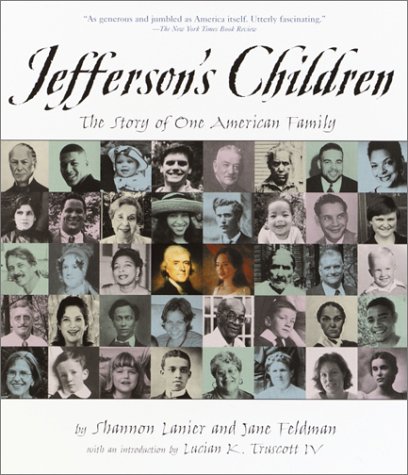The Passing of Anatole Broyard
Chapter in Thirteen Ways of Looking at a Black Man
Random House
1997
256 pages
ISBN: 978-0-679-77666-6
Chapter pages: 180-214
Henry Louis Gates Jr., Alphonse Fletcher University Professor and the Director of the W.E.B. Du Bois Institute for African and African American Research
Harvard University
In 1982, an investment banker named Richard Grand-Jean took a summer’s lease on an eighteenth-century farmhouse in Fairfield, Connecticut; its owner, Anatole Broyard, spent his summers in Martha’s Vineyard. The house was handsomely furnished with period antiques, and the surrounding acreage included a swimming pool and a pond. But the property had another attraction, too. Grand-Jean, a managing director of Salomon Brothers, was an avid reader, and he took satisfaction in renting from so illustrious a figure. Anatole Broyard had by then been a daily book reviewer for the Times for more than a decade, and that meant that he was one of literary America’s foremost gatekeepers. Grand-Jean might turn to the business pages of the Times first, out of professional obligation, but he turned to the book page next, out of a sense of self. In his Walter Mittyish moments, he sometimes imagined what it might be like to be someone who read and wrote about books for a living—someone to whom millions of readers looked for guidance.
Broyard’s columns were suffused with both worldliness and high culture. Wry, mandarin, even self-amused at times, he wrote like a man about town, but one who just happened to have all of Western literature at his fingertips. Always, he radiated an air of soigné self-confidence: he could be amiable in his opinions or waspish, but he never betrayed a flicker of doubt about what he thought. This was a man who knew that his judgment would never falter and his sentences never fail him.
Grand-Jean knew little about Broyard’s earlier career, but as he rummaged through Broyard’s bookshelves he came across old copies of intellectual journals like Partisan Renew and Commentary, to which Broyard had contributed a few pieces in the late forties and early fifties. One day, Grand-Jean found himself leafing through a magazine that contained an early article by Broyard. What caught his eye, though, was the contributor’s note for the article—or, rather, its absence. It had been neatly cut out, as if with a razor.
A few years later, Grand-Jean happened on another copy of that magazine, and decided to look up the Broyard article again. This time, the note on the contributor was intact. It offered a few humdrum details—that Broyard was born in New Orleans, attended Brooklyn College and the New School for Social Research, and taught at New York University’s Division of General Education. It also offered a less humdrum one: the situation of the American Negro, the note asserted, was a subject that the author “knows at first hand.” It was an elliptical formulation, to be sure, but for Anatole Broyard it may not have been elliptical enough.
Broyard was born black and became white, and his story is compounded of equal parts pragmatism and principle. He knew that the world was filled with such snippets and scraps of paper, all conspiring to reduce him to an identity that other people had invented and he had no say in. Broyard responded with X-Acto knives and evasions, with distance and denials and half-denials and cunning half-truths. Over the years, he became a virtuoso of ambiguity and equivocation. Some of his acquaintances knew the truth; many more had heard rumors about “distant” black ancestry (wasn’t here a grandfather who was black? a great-grandfather?). But most were entirely unaware, and that was as he preferred it. He kept the truth even from his own children. Society had decreed race to be a matter of natural law, but he wanted race to be an elective affinity, and it was never going to be a fair fight. A penalty was exacted. He shed a past and an identity to become a writer—a writer who wrote endlessly about the act of shedding a past and an identity…
Read the entire chapter here.







